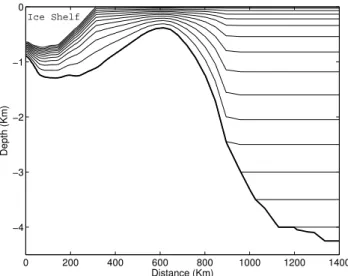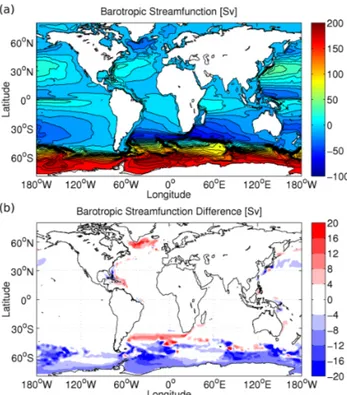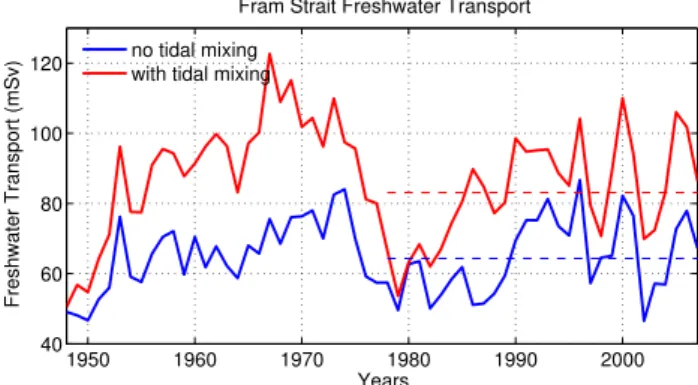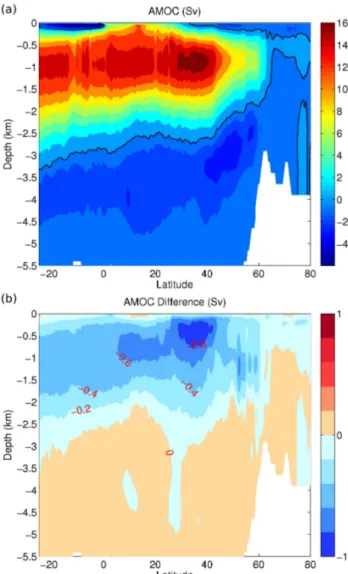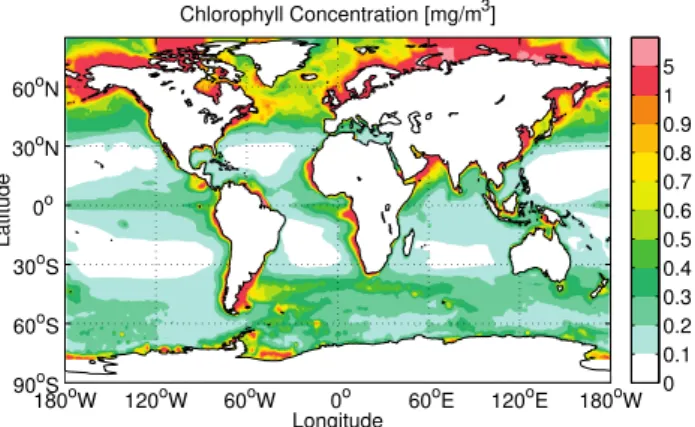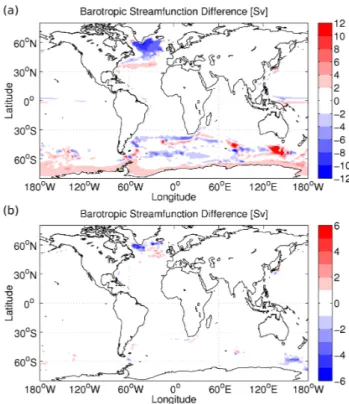The Finite Element Sea Ice-Ocean Model (FESOM) v.1.4: formulation of an ocean general circulation model
Texto
Imagem
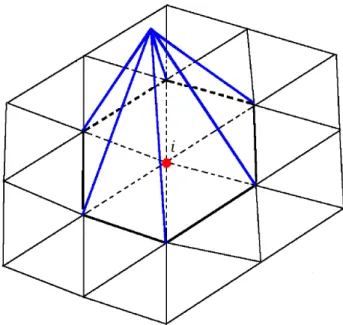
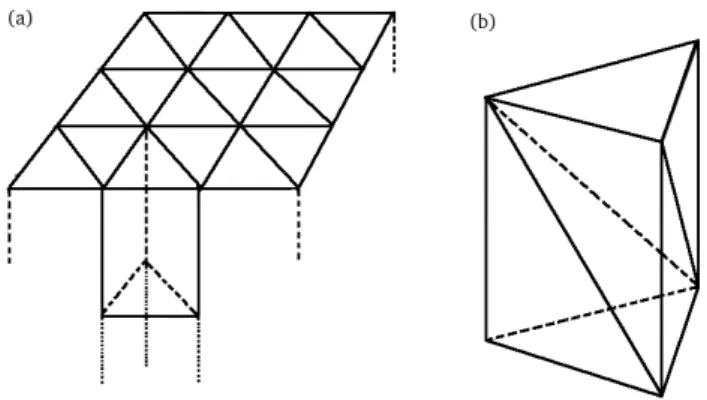
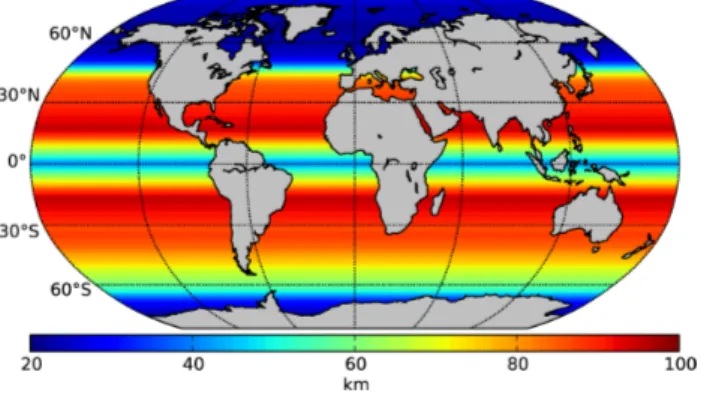
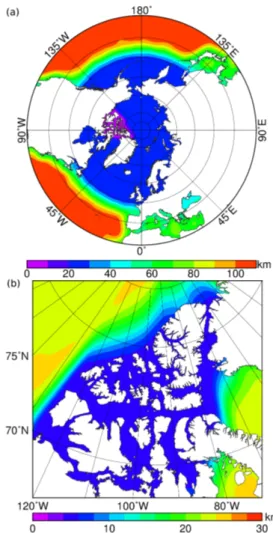
Documentos relacionados
We use three Atmosphere-Ocean General Circulation Model (AOGCM) simulations (RCP4.5 scenario, mid- Pliocene and present-day simulation) carried out with the IPSL-CM5A model
The proposed model avoids the numerical troubles of spurious high-frequency oscillations for mass-spring and finite element systems in dynamic contact problems by using the
A numerical model using the Finite Element Method (FEM) for the nonlinear static and dynamic analysis of reinforced concrete (RC) beams, plates and shells is presented in this
The objective of this work is to provide a reliable numerical model using the finite element method (FEM) for the static and dynamic analysis of reinforced concrete (RC)
Unstructured finite element mesh and model surface velocities after optimisation of the basal friction with the Robin inverse method, on the whole ice sheet and zooms on
The continental runoff model takes this input, calculates the drainage pathways and routes the freshwater fluxes to the surface grid points of an existing ocean model.. This results
At high frequencies, there is coherence between island and o ff shore sea level, and this is vir- tually all associated with bottom pressure variability, which typically has
Us- ing the Parallel Ocean Climate Model, we simulate satellite observations of ocean bottom pressure and sea surface height (SSH) over the 20-year period from 1979–1998, and use
